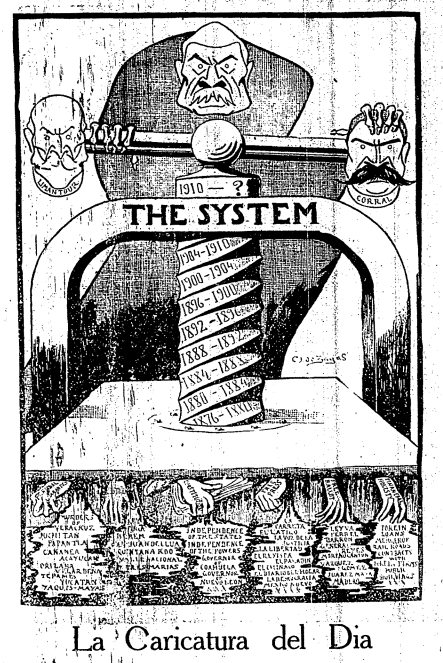Sarojini NAIDU (1879-1949) was an Indian freedom fighter, poet, and good friend of Mahatma Gandhi. Her primary focus was advocating for India’s emancipation from British colonial rule. She proscribed to Gandhi’s method of Satyagraha and participated in the Quit India Movement. Like Gandhi, she opposed Partition and advocated for the secularism of Indian as well as Hindu-Muslim unity. She succeeded Gandhi as the President of the Indian National Congress and later became the first Governor if the United Provinces.
Naidu’s advocated heavily for women’s emancipation, providing a feminist perspective from Partition-era India. After working for women’s suffrage in London, she articulated that women’s freedom and agency were essential to the independence movement. She tailored her arguments to satisfy both men and women, using poetic rhetoric to convince people of women’s capability and importance.

Further reading
Shekhani, Ummekulsoom. “Sarojini Naidu-The Forgotten Orator of India.” Rhetoric Review 36, no. 2 (2017): 139–150.
Naidu, Sarojini. Speeches and Writings of Sarojini Naidu. Third edition. G.A. Natesan, Madras, 1919.
Leave a Comment









